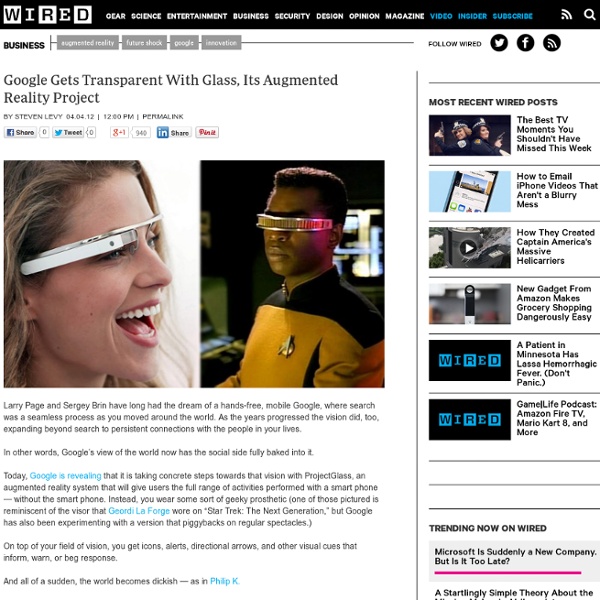Google Gets Transparent with Glass, Its Augmented Reality Project

Facebook Passwords Of Applicants Demanded By Colleges, Government Agencies
How Many Billionaires Has Facebook Created?
The 2011 Forbes “World’s Billionaires” list is out and guess who makes it to the top as the youngest billionaire? …No, it is not Facebook’s Mark Zuckerberg who usually gets the credit for being the youngest billionaire. The social networking giant with over 600 million users has recently been valued at $82.5 billion which is the reason that Mark and his co-founders have leapt into the rankings of the mega wealthy. The Forbes ranking though lists Facebook at a value of $50 billion, based on the Goldman Sachs led investment, significantly less than the current $82.5 billion valuation implied by the latest stock sale in the private markets. So the social media billionaires all have lower rankings than they ought to by most estimations.
Related:
Related:



